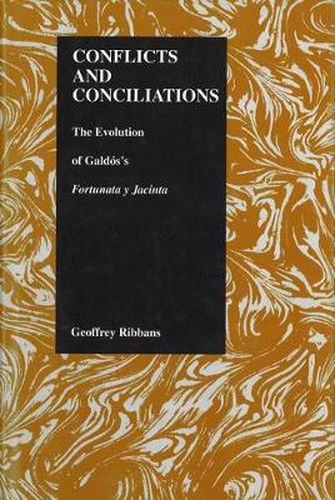Readings Newsletter
Become a Readings Member to make your shopping experience even easier.
Sign in or sign up for free!
You’re not far away from qualifying for FREE standard shipping within Australia
You’ve qualified for FREE standard shipping within Australia
The cart is loading…






Between 1881 and 1897, Benito Perez Galdos, generallyacknowledged as Spain’s greatest nineteenth-century novelist, composed sometwenty contemporary novels, which Geoffrey Ribbans characterizes as the peakof his achievement. This monumental study traces the evolution of the manystrands that make up one of them: the long and complex novel Fortunata yJacinta. Ribbans examines the various stages of composition, not only theearlier, reconstructed Alpha version but also subsequent revisions in the muchcorrected handwritten text and in the printer’s galleys. He treats thesetentative drafts as part of the process of reaching out toward the coherentdefinitive text. Ribbans’s analysis of such devices as the ambiguous role ofthe narrator, the use of free indirect style and direct dialogue, and theconstruction of distinctive ideolects leads to the heart of his study, the developmentof Galdos’s characters.
$9.00 standard shipping within Australia
FREE standard shipping within Australia for orders over $100.00
Express & International shipping calculated at checkout
Between 1881 and 1897, Benito Perez Galdos, generallyacknowledged as Spain’s greatest nineteenth-century novelist, composed sometwenty contemporary novels, which Geoffrey Ribbans characterizes as the peakof his achievement. This monumental study traces the evolution of the manystrands that make up one of them: the long and complex novel Fortunata yJacinta. Ribbans examines the various stages of composition, not only theearlier, reconstructed Alpha version but also subsequent revisions in the muchcorrected handwritten text and in the printer’s galleys. He treats thesetentative drafts as part of the process of reaching out toward the coherentdefinitive text. Ribbans’s analysis of such devices as the ambiguous role ofthe narrator, the use of free indirect style and direct dialogue, and theconstruction of distinctive ideolects leads to the heart of his study, the developmentof Galdos’s characters.